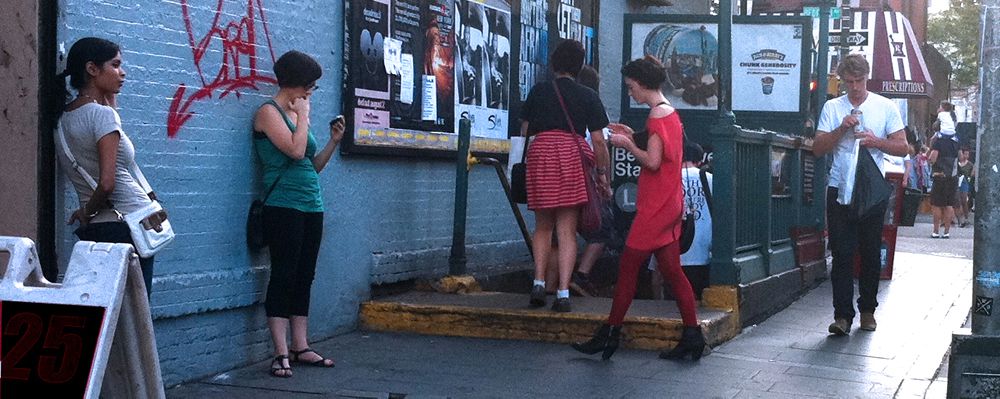Did you know?
Lines sorted by % of reception along the entire line (Most connected to least)

The Most Connected
The 7 train mostly runs aboveground, making it the most connected line with about 79% being connected. Even when going underground in Manhattan, it receives enough stray signals to keep you connected for most of your ride.
The Least Connected
With only about 12% of its entire length connected, the G train is the least connected train of the subway. You can find just a few tiny pockets of service around Smith / 9th Street and south of Court Square.
Spotty Signals
Spotty reception most of the way from South Ferry to 125th Street, due to stray signals from aboveground.
Radio Silence
Be prepared for some radio silence when heading into Brooklyn – you will find almost no reception over there.
Better Be Quick
Make the most of the strong pockets of reception at 8th Ave and 6th Ave - No service again before Wilson Ave when heading east.
Enjoy the View
Send your messages while crossing the Manhattan Bridge, one of the few well- connected spots on the Q. (And, you get a nice view!)




















